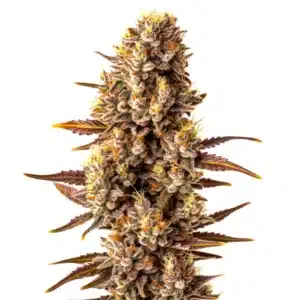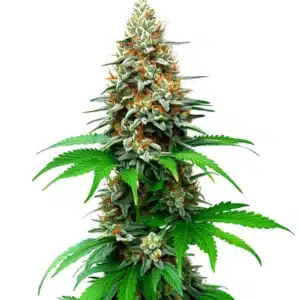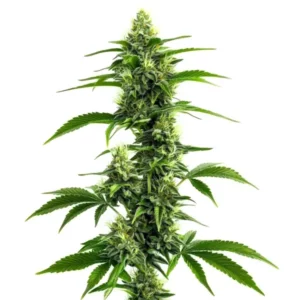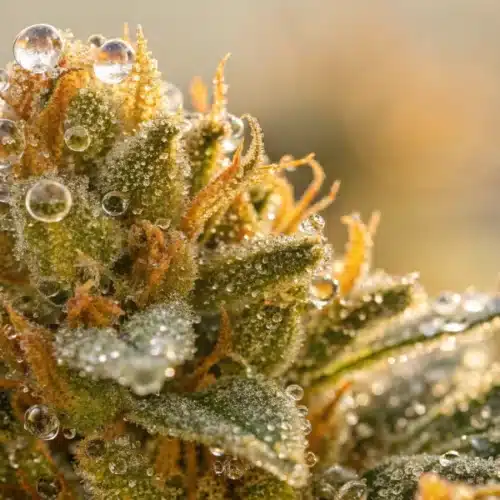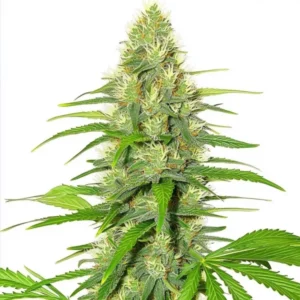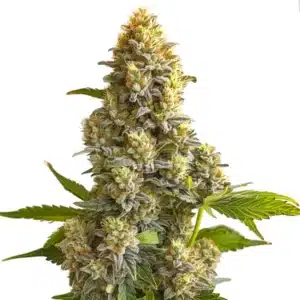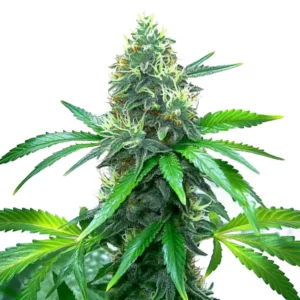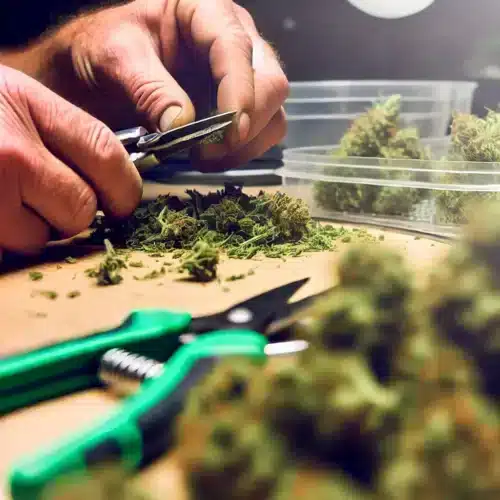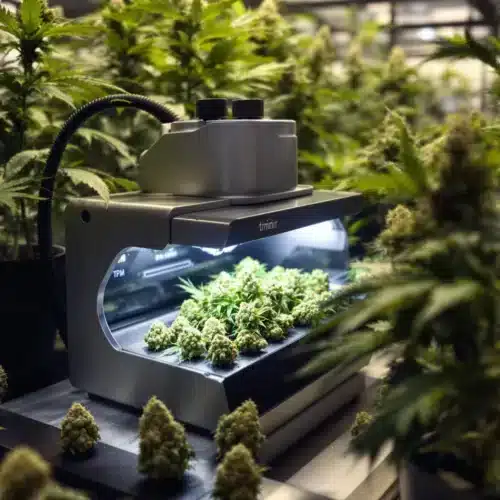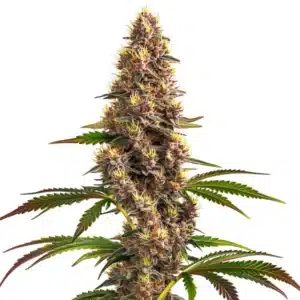Growing cannabis outdoors requires care and attention, especially when it comes to trimming the plants. Trimming is an important step that not only helps in shaping the plant but also enhances its overall health and yield. Whether you’re a first-time grower or have some experience, knowing the right techniques for trimming your cannabis plants can lead to better results. Let’s delve into effective methods and tips for trimming outdoor cannabis plants.
The Importance of Trimming Outdoor Cannabis Plants
Trimming your cannabis plants serves multiple purposes. It promotes airflow and light penetration, which are essential for vibrant growth. When you trim effectively, you help the plant allocate its resources more efficiently. This means more energy directed to the buds that truly matter, rather than spindly branches that may not produce much.
Additionally, trimming can prevent potential pests and mold. By removing excess foliage, you create an environment that’s less conducive to these issues. Consequently, your plants can flourish and produce higher-quality buds. Think of trimming as a way to give your plants a better chance at thriving in their outdoor environment.
When to Trim Your Outdoor Cannabis Plants
Timing is vital when trimming cannabis plants. Many recommend trimming during the vegetative stage, before the plants begin to flower. At this stage, the plants are still focused on growth and can recover quickly from pruning. This method helps in shaping the plants and allows them to take on a bushier appearance, which can increase yields.
However, another opportunity for trimming arises during the flowering stage. This is often referred to as “lollipop trimming,” where the lower branches are pruned to focus energy on the upper buds. Just be mindful not to overdo it. Excessive trimming during flowering can stress the plant and lead to subpar results. It’s about finding the balance that works best for your specific plants.
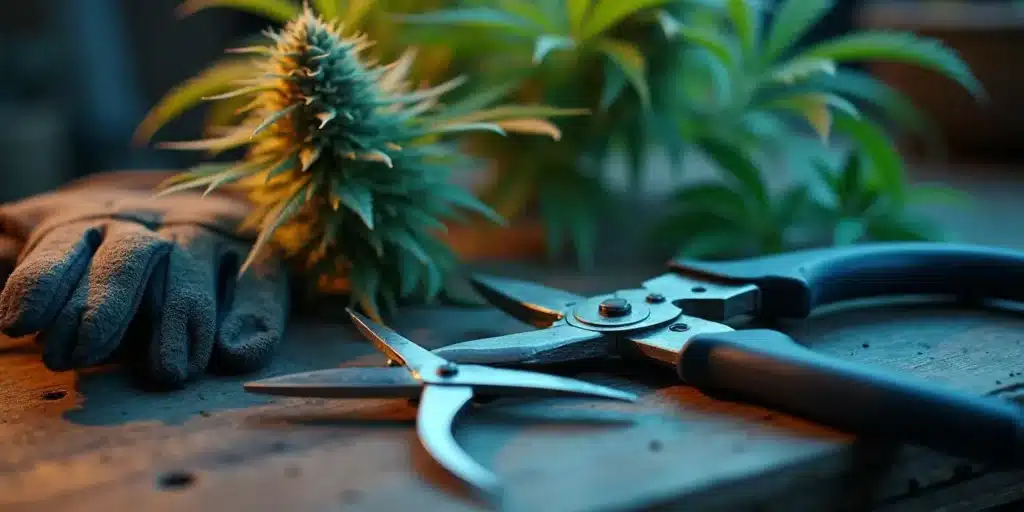
Choosing the Right Tools for Trimming
Having the right tools can significantly simplify the trimming process. Here are some essential tools you should consider:
- Sharp scissors or pruning shears: These are crucial for making clean cuts, which help reduce stress on the plant, leading to quicker recovery.
- Gardening gloves: Wearing gloves can help you manage sticky resins and protect your hands during the trimming process.
- Containers or trays: Use these to collect your trimmed leaves and buds, making disposal or further processing more efficient.
Investing in quality tools can make a considerable difference in your trimming experience, resulting in healthier plants and a more enjoyable task. Think of them as your trusty companions in helping your garden achieve its best potential.
Promos & Deals
Technique: How to Trim Your Outdoor Plants
Now that you understand the importance of trimming, let’s focus on how to do it effectively. The trimming process may feel overwhelming at first, especially if you haven’t done so before, but following these steps will help demystify the task.
Step-by-Step Trimming Process
Here’s a practical guide on how to trim your outdoor cannabis plants effectively:
- Assess Your Plant: Take a moment to examine your plant from various angles. Identify areas that may require cutting for better air circulation and light exposure.
- Decide What to Cut: Focus on removing yellow or dead leaves first, as they do not contribute to the plant’s health anymore. Next, target small branches developing at the base, as they often don’t receive enough light to produce viable buds.
- Make Clean Cuts: Utilize your sharp shears to make a clean cut just above the node. This promotes new growth in healthier areas of the plant and helps the plant thrive.
- Monitor Your Progress: Step back occasionally to evaluate how your plant looks overall. You might find that your initial plan needs some adjustments as you go along.
By adhering to these steps, you’ll maintain healthy and well-shaped plants. Remember, less is often more with trimming. If you’re uncertain about how much to trim, start with smaller sections and adjust as you gain more experience and confidence.
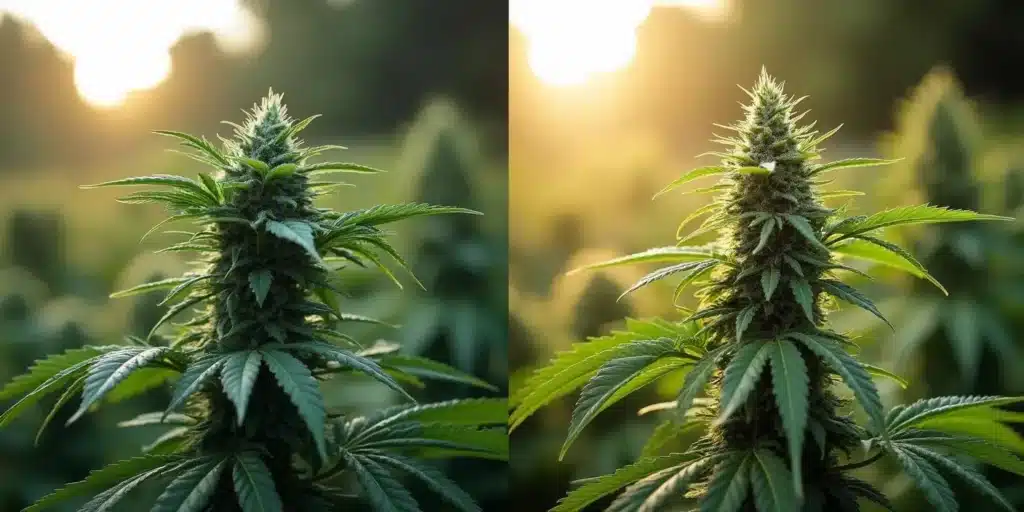
Tips for Trimming Success
In addition to the step-by-step guide, here are a few tips to make your trimming process smoother and more effective:
- Trim in the Morning: Morning temperatures are generally cooler, and the plants are less stressed, making it an ideal time for trimming. Your plants will be more amenable to the process.
- Be Patient: Take your time during the trimming process. Rushing can lead to uneven cuts or accidentally removing too much foliage. Enjoy the experience; it can be quite therapeutic!
- Practice Good Hygiene: Ensure your tools are clean before you start. This preventive measure can help avoid disease and pests from spreading during the trimming process.
Strains That Benefit from Trimming
Some cannabis strains respond especially well to trimming. Here are three strains that can greatly benefit from proper trimming practices:
- Gorilla Glue 4: This potent strain is known for its high yields and can become quite bushy. Trimming encourages more light to reach the buds, improving overall quality.
- White Widow: Renowned for its balanced effects, White Widow tends to produce dense foliage, making regular trimming essential to maximize its top buds.
- Blueberry: This strain flourishes with just a bit of trimming, allowing for better airflow and culminating in a larger, more flavorful harvest.
Understanding how your chosen strain responds to trimming can help you determine the best approach for achieving optimal health and yields.
What to Expect After Trimming
After trimming, your cannabis plants may initially appear sparse, but they’ll thrive as they adjust to the improved airflow and light. In no time, you’ll likely observe healthier leaf growth and potentially larger buds forming as the plants redirect energy to priority areas.
Additionally, the trimmed plants may show signs of increased growth rates in the following weeks. Enhanced circulation and light exposure feed healthy photosynthesis. Keep an eye out for new growth, and continue providing the necessary nutrients and care your plants need to flourish.

Frequently Asked Questions
What should I do with the trimmed leaves and branches?
Healthy trimmed leaves and branches can be composted or added to a mulch pile. However, if they show signs of mold or pests, it’s better to dispose of them properly to prevent spreading issues.
Can I trim while my plants are flowering?
Yes, you can trim during the flowering stage, but do so carefully. Focus on removing lower branches that receive inadequate light, as these can sap energy from the upper buds, which need it most.
How often should I trim my outdoor plants?
Consider trimming every few weeks during the vegetative stage. Adjust your schedule based on your plant’s growth and health. Regular assessments will help you determine the most effective timing for your specific plants.
Is there a maximum amount I should trim at once?
As a general rule of thumb, try to avoid trimming more than 25% of the plant at any one time. This guidance helps minimize stress and encourages healthier growth in response.
What if I am unsure about how much to trim?
If you’re uncertain, start with small trims and observe how your plant responds. You can always trim more later if necessary. Remember, practice makes perfect!
Trimming your outdoor cannabis plants doesn’t have to be a daunting task. Armed with knowledge and the right techniques, you can enhance the health and productivity of your plants while enjoying the growth journey. Happy growing!

